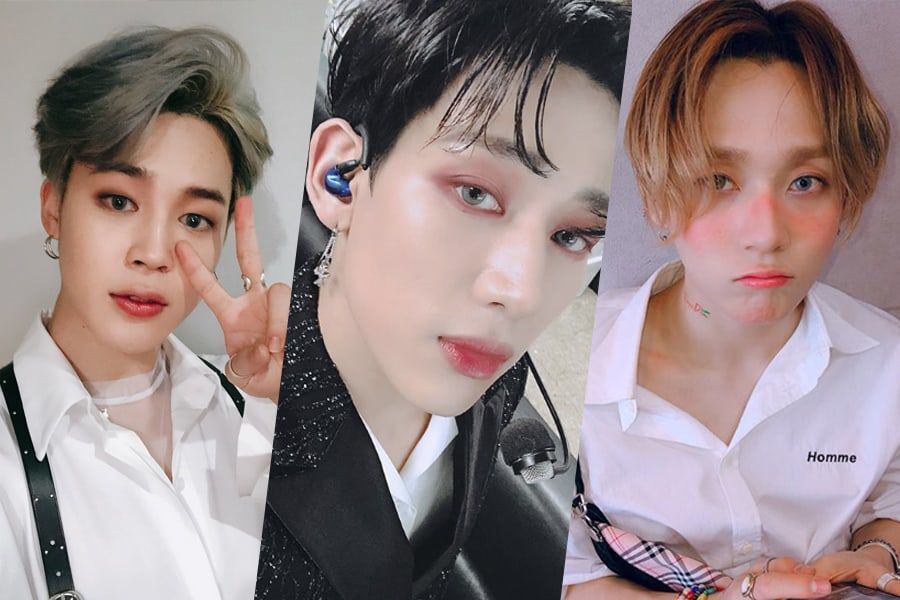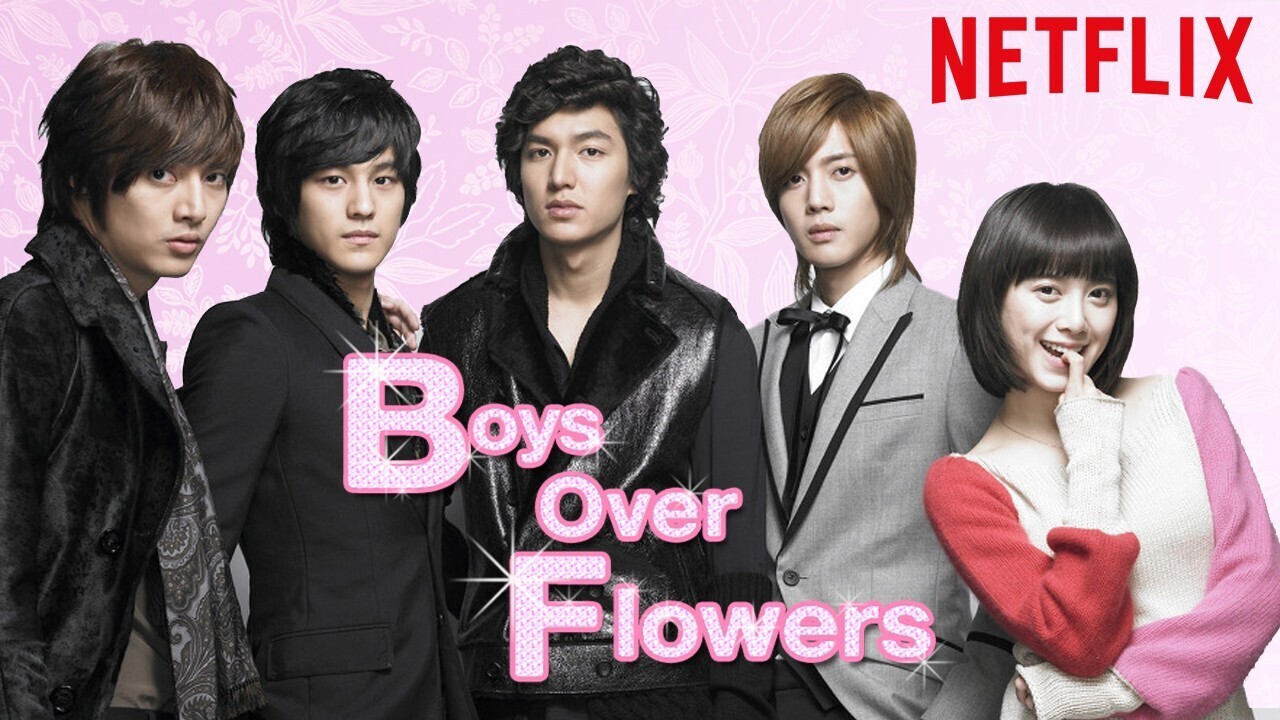Soft masculinity and Flower Boys in Korean pop culture:
Gender-fluidity? Or beauty obsession?
“Kkonminam” is a Korean term, literally a combination of the word for flower and a beautiful man, commonly used for describing handsome men in the Korean language. This term already explains a lot about the definition of masculinity in Korea, that it is somewhat different from the typical description of masculinity in the west.
Korean men’s masculinity pursues beauty and softness in it
When I was living in South Korea a few years ago, I was seeing my guy friends putting a lot of effort into their looks. It wasn’t still a common thing for men to put makeup on their faces, but I remember some of my male friends were using ‘BB cream’ or makeup foundation to make their skin look flawless and moisturized. At that time, I didn’t particularly think that it was weird as it was a norm in Korean society, and people are generally quite obsessed with their looks.
Later on, I moved to Germany and discovered that the concept of ‘masculinity’ works quite differently here in Europe. For example, in South Korea, it is quite rare to see a man with a beard when many men in Europe would grow their beards to look more ‘manly’ and old. Moreover, in Europe, wearing makeup as men would usually be associated with being homosexual, and being not ‘masculine’ enough. So when K-pop idols and Korean dramas started to get more attention in the west, it wasn’t surprising that many people have shown a homophobic reaction to Korean men questioning their sexualities.

Can Korean pop culture suggest a different interpretation of masculinity?
Meanwhile, in Korea, this concept of ‘Flower boys’ with a baby face and flawless skin is not necessarily related to queer culture, but mainly to just looking good. You can see many ‘Flower boys’ characters in Korean dramas, and they are usually depicted as ‘masculine’ and tough characters despite their ‘feminine’ looks. You can also find similar roles in Japanese manga or other East Asian series. Due to the popularity of K-pop and Korean dramas, the beauty standard of Korean men is quite mainstream in other Asian countries such as China, Singapore, and Thailand. Therefore, it isn’t a weird thing for men to put on makeup and try to look ‘beautiful’ in many Asian countries regardless of their sexualities.
Even if Korean society is not so inclusive in terms of homosexuality and LGBTQ rights, somehow its pop culture contains a lot of gender-fluid elements. South Korea’s interpretation of masculinity suggests a different side of masculinity, so-called ‘soft masculinity’. As the hype of Korean pop culture is getting big in the west including here in Europe and North America, it is also suggesting different interpretations of masculinity to the western society. Perhaps the Korean way of playing with masculinity can offer alternatives to ‘toxic masculinity’.
Header Image: Boys Over Flowers, South Korean television series from 2009 featuring typical ‘Flower Boys’ characters from Netflix

